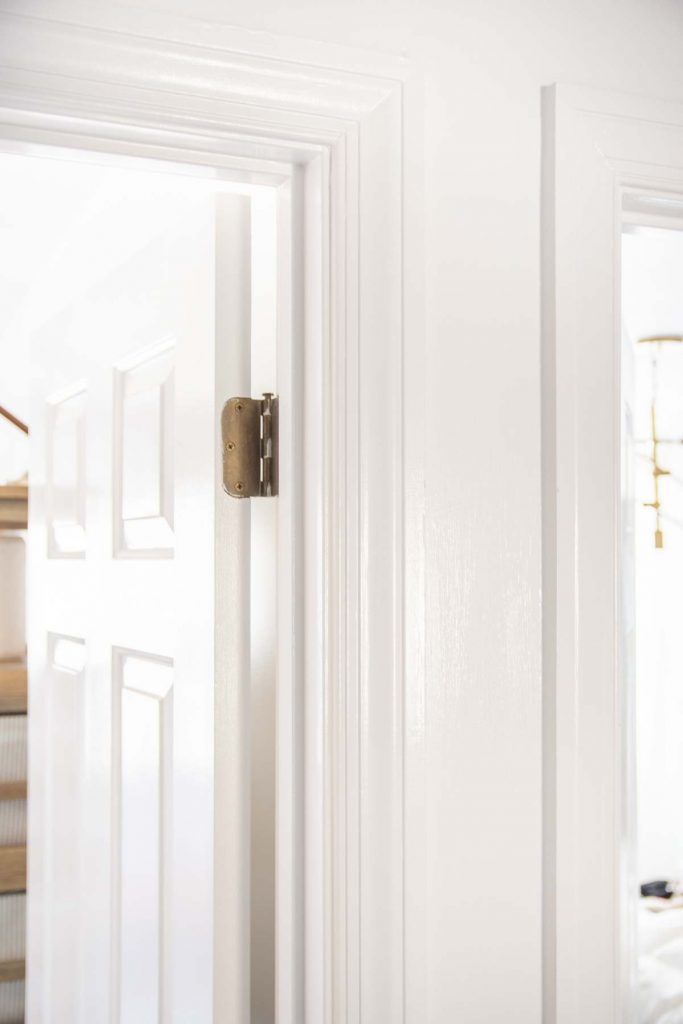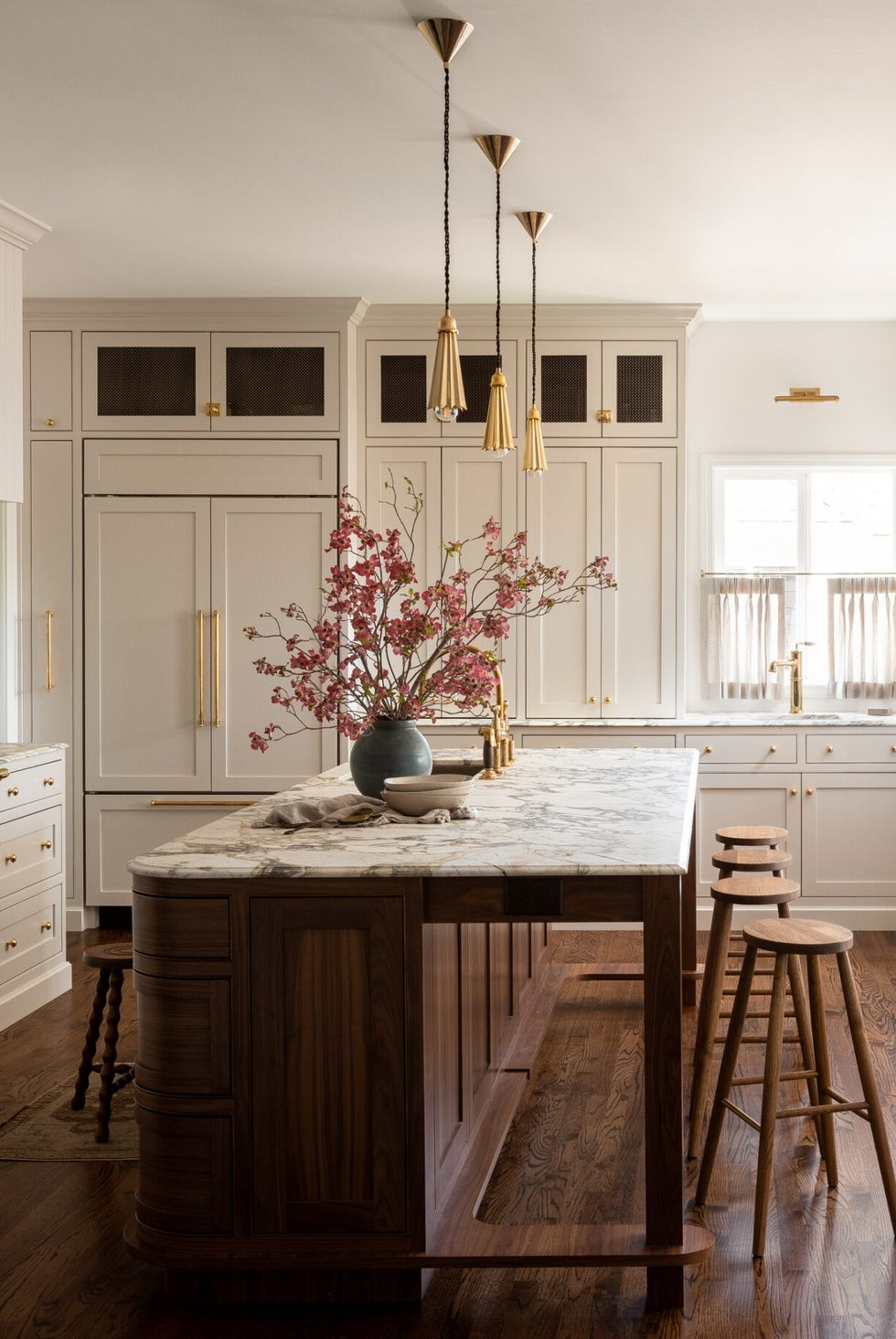Need Help Figuring Out What Paint Finish to Go With?
Your Guide To Paint Gloss / Sheen
In a lot of ways, gloss and sheen can be as important as the color itself to a design, depending on the overall effect you want to create. Using paints with slightly different gloss and sheen values can create subtle shifts in depth and color perception. To the eye, gloss and sheen are very different: Gloss is shiny and crisp. Sheen looks softer and has more depth and luster. Technically speaking, however, gloss and sheen are two aspects of the same thing: the amount of light reflected off a painted surface independent of its color.
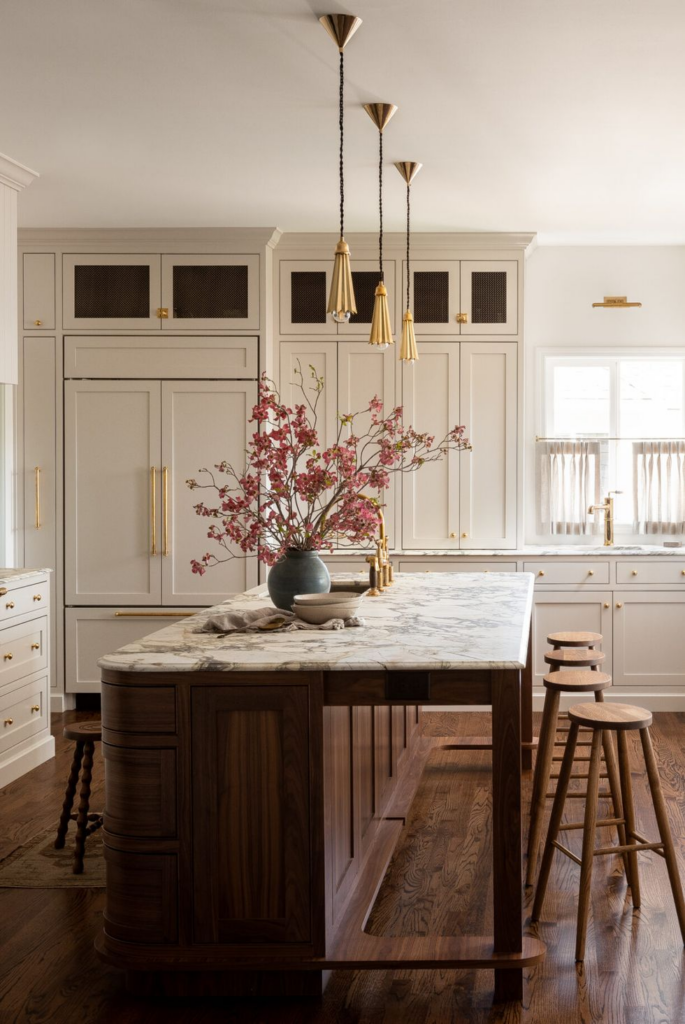
Finish Categories
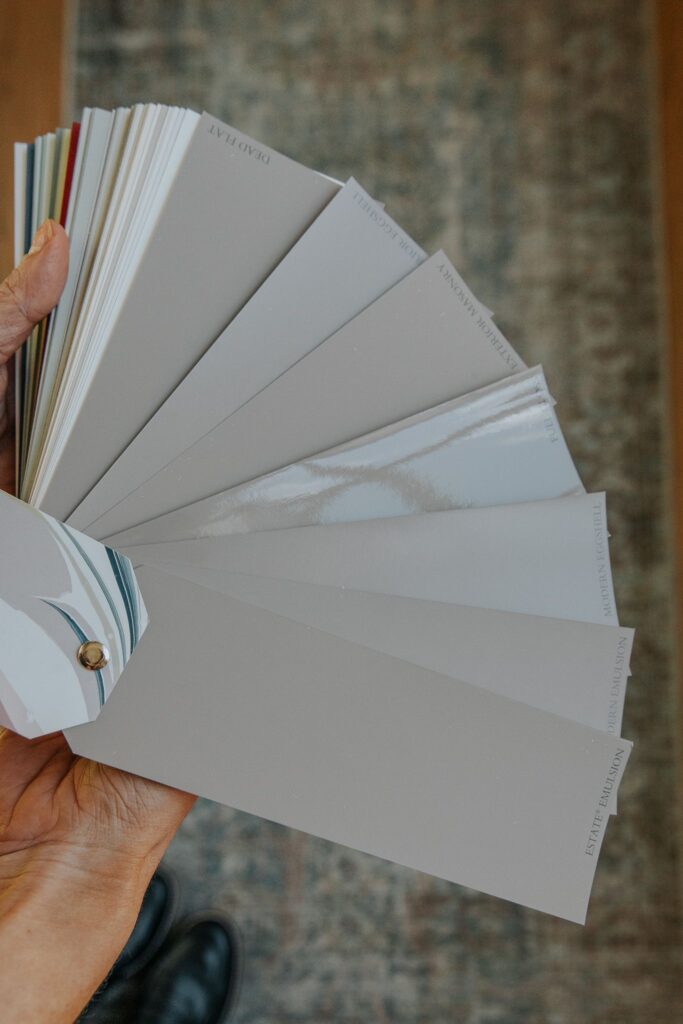
- Flat: Much like the name would suggest, flat finishes do not have any shine. This finish does not reflect light, which makes it an excellent paint finish for hiding imperfections in the wall or ceiling. Flat finishes are perfect for rooms with minimal foot traffic.
- Matte: Similar to flat, matte has a low shine due to minimal reflectivity. Matte finishes are fairly durable and great for rooms with some regular foot traffic.
- Eggshell: For a durable finish that offers a delicate look, eggshell is your go-to choice. This finish offers the same no-shine properties as flat and matte with a little bit of luster that resembles the texture of eggshells. Enjoy a unique finish that works well in rooms with medium foot traffic.
- Satin: Satin finishes provide a bit of shine to your favorite colors as well as a velvety touch to your walls. Satin has a pearl-like appearance that pairs well with rooms with high foot traffic and moisture, such as bathrooms and kitchens.
- Semi-gloss: More shine and high durability make semi-gloss finishes a favorite among homeowners. These sleek paint options are perfect for rooms with high moisture or other rooms in the home that experience the most use.
- High-gloss: If you want a glass-like appearance, look no further than high-gloss paint. This finish is excellent for painting around doors and cabinets that household members use daily. High-gloss offers the highest durability so you can enjoy your favorite colors for the long term.
Before selecting a sheen based on appearance, you can also consider the following factors in your home:
- Type of room: Bathroom and kitchen cabinet and wall paint applications are susceptible to water, humidity, soap and even grease from cooking. Picking a finish that protects your walls from these elements is essential.
- Foot traffic: Walking in and out of rooms consistently for years can impact the shine of your walls without a highly durable paint finish.
- The texture of the walls: Depending on which route you go, your wall’s texture might interfere with the paint application. The flatter the finish you select, the more the paint will hide the imperfections and nuances of the wall’s texture. For cracking walls, picking a flat or matte finish might be the best choice.
- Natural light and room size: When selecting a sheen, consider how much natural light comes into a room and the feeling you want to convey visually. The low reflectivity of flat finishes can help give the appearance of a wall receding, while the higher-gloss finishes will allow more light to bounce across the room.
- Uses for the room: When it comes to the room’s purpose, it’s important to choose the right paint finish for more practical applications, such as normal wear and tear, and consider how easily it will be to clean. For a wall that’s easiest to clean, go for the higher sheen.
When & Where Should You Use Matte Paint?
If you have pets or children, you may want to avoid a flat finish on the walls as it is the most difficult to clean. However, the nature of the paint sheen is to soak up the light, providing no reflectivity. This feature allows you to hide imperfections in your walls. Because they have more pigment, they take less work to cover and are the most economical selection for covering large spaces in the home.
For those who do not wish to cover the cost of a more expensive sheen, matte finishes offer the most cost-effective solution to bring that perfect aesthetic to your home.
Matte finishes are best suited for areas such as ceilings, bedrooms and dining rooms that do not see a lot of traffic or dirt. In addition, the flat finish hides imperfections and damage to walls, making it ideal for patched drywall with joint compound or new drywall installations with imperfect taping.
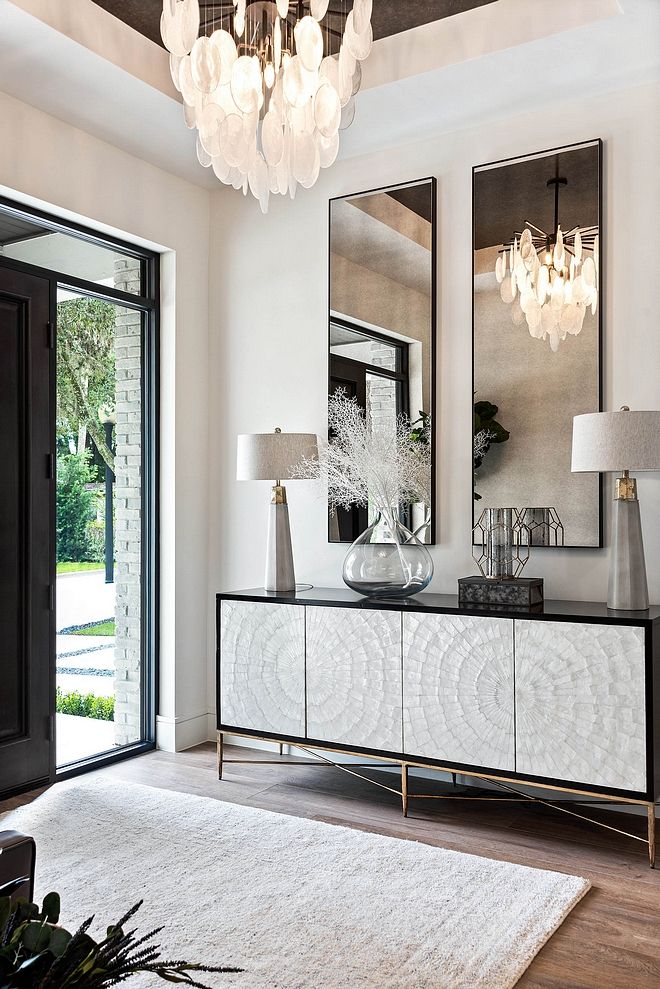
When & Where Should You Use Eggshell Paint?
Like a flat finish, eggshell is best utilized for areas with low traffic and not susceptible to dirt. In addition, if you have pets or children, cleaning is not as easy with eggshell paint. If you plan on using an eggshell finish, consider the texture of your walls. Because of the lower reflectivity, eggshell offers a better ability to hide imperfections on your walls.
Ideally, eggshell paint is best suited for ceilings, bedrooms, dining rooms and living areas where there is not a lot of dirt build-up or traffic. In addition, its medium-level durability provides added protection that a flat finish does not. For areas such as walls, eggshell works best and is easier to clean. It would not be suited for a kitchen or bathroom space.
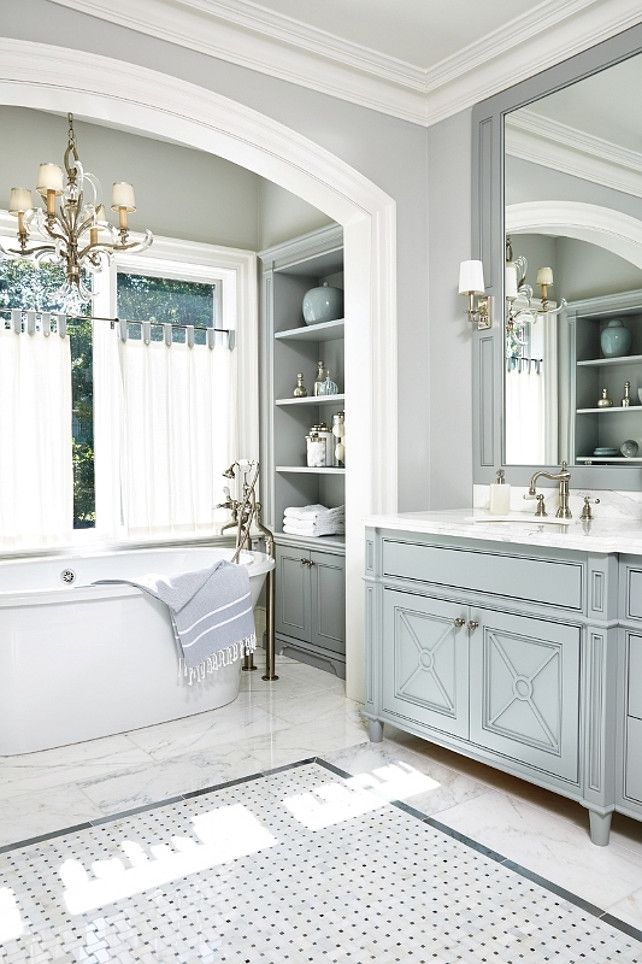
When & Where Should You Use Satin Paint?
Because of their higher durability, satin paints are easier to clean and can make any room glow with a beautiful, elegant sheen. The durability and longevity of satin paints make them perfect for many high-traffic rooms in the home, such as:
- Hallways
- Foyers
- Guest bathrooms
- Window and door trims
- Shutters
- Family rooms
- Children’s bedrooms
- Kitchens
- Laundry areas
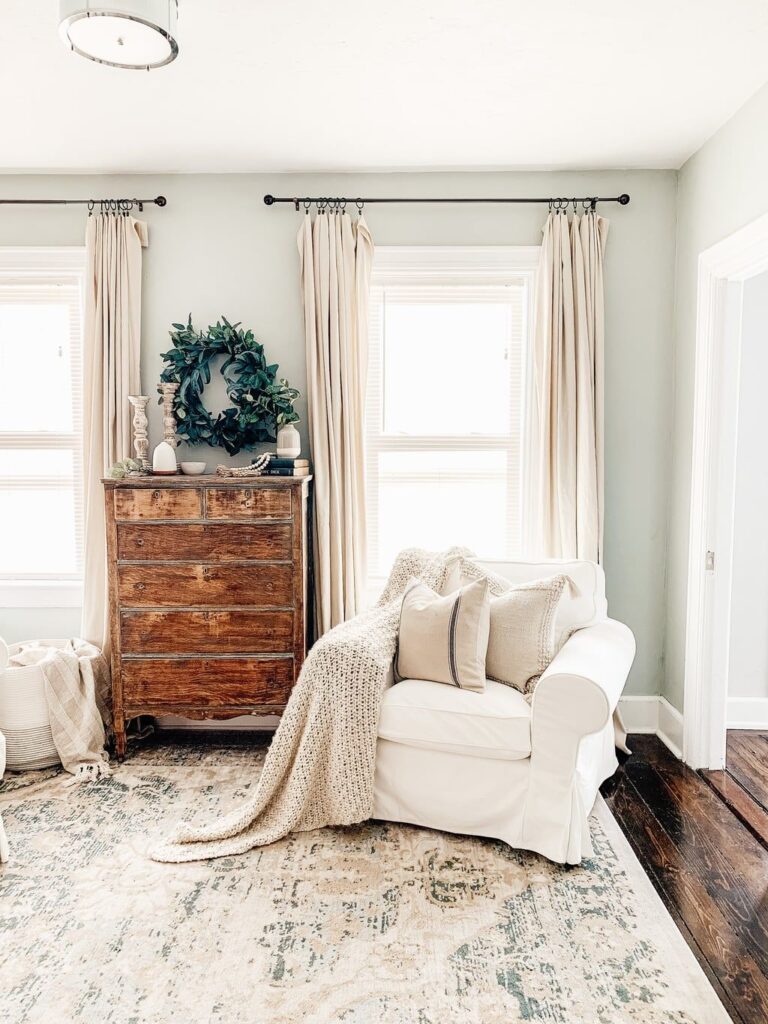
When & Where Should You Use Low-Gloss Paint?
Due to their higher durability, low-gloss paints can work well indoors and outdoors. Low-gloss is ideal in various spaces, including:
- Doors
- Molding
- Dining Rooms
- Cabinets
- Hallways
- Trim work
- Kitchens
- Bathrooms
- Windows
They are also ideally suited to areas that experience water, soap, dirt or grease so you can easily wipe away messes.
When Should You Use High-Gloss Paint
High-gloss finishes are perfect for door trims, woodwork, molding, cabinets, kitchens, bathrooms and even outdoor applications. Since it is the most durable type of paint available, you can also count on the longevity of the application. If you plan on staying in your home for many years, consider the benefits of applying high-gloss paint to high-traffic areas that will see dirt and damage. Due to the highly reflective nature of the paint, hiring a professional to apply it is a better choice, as it is challenging to maintain an even coat. The imperfections of the application will be far more noticeable when compared with flat, eggshell, satin or even semi-gloss finishes.
